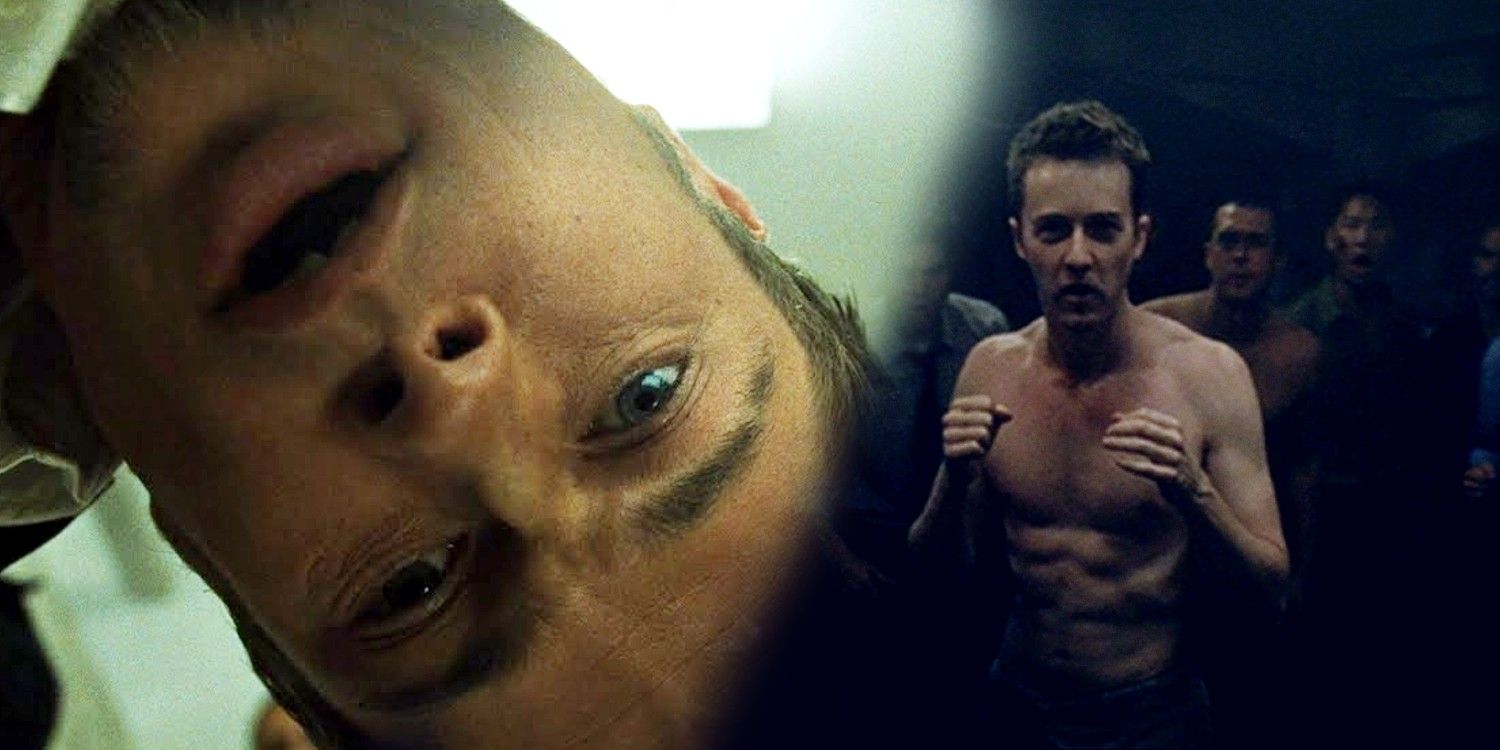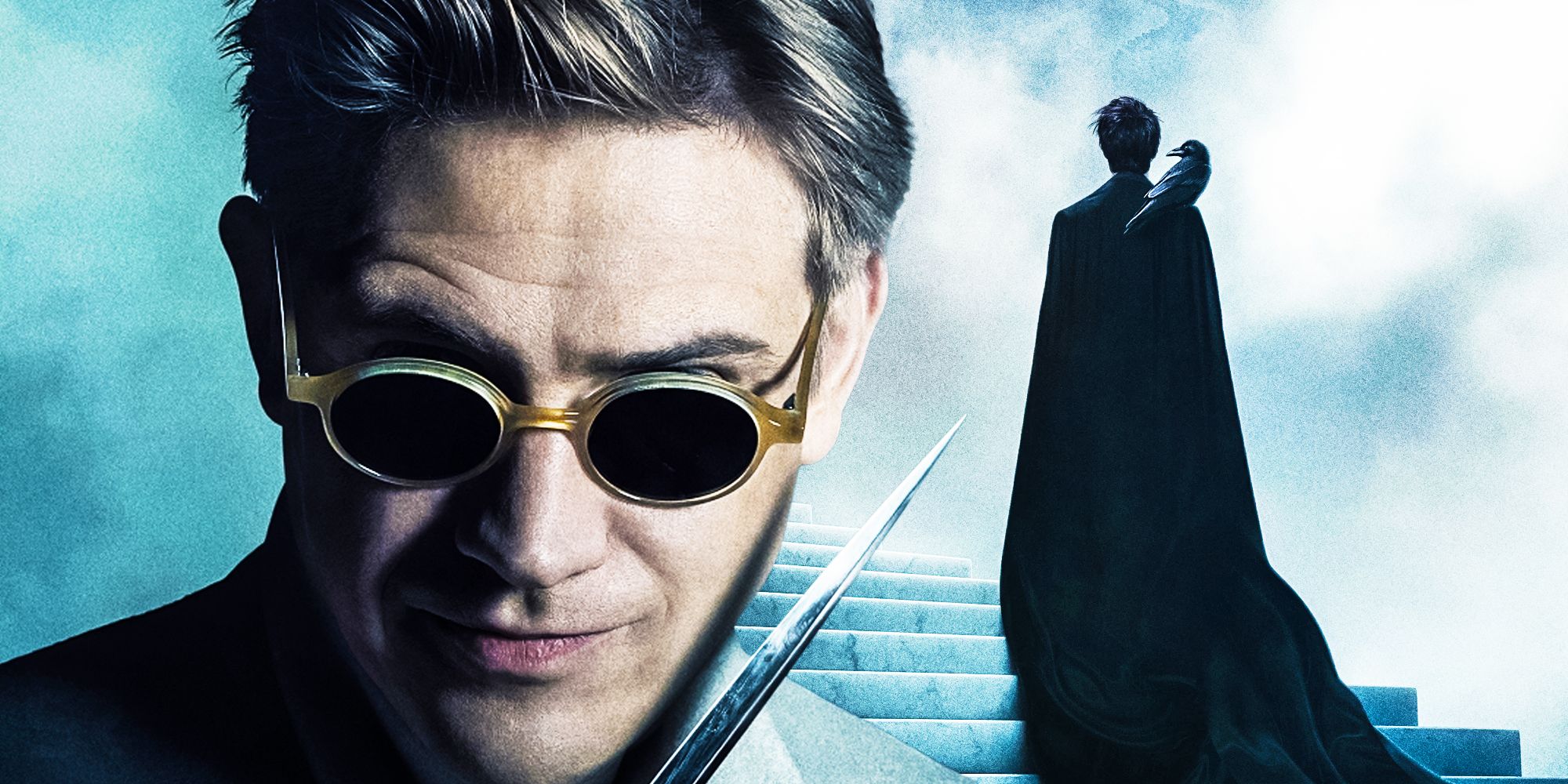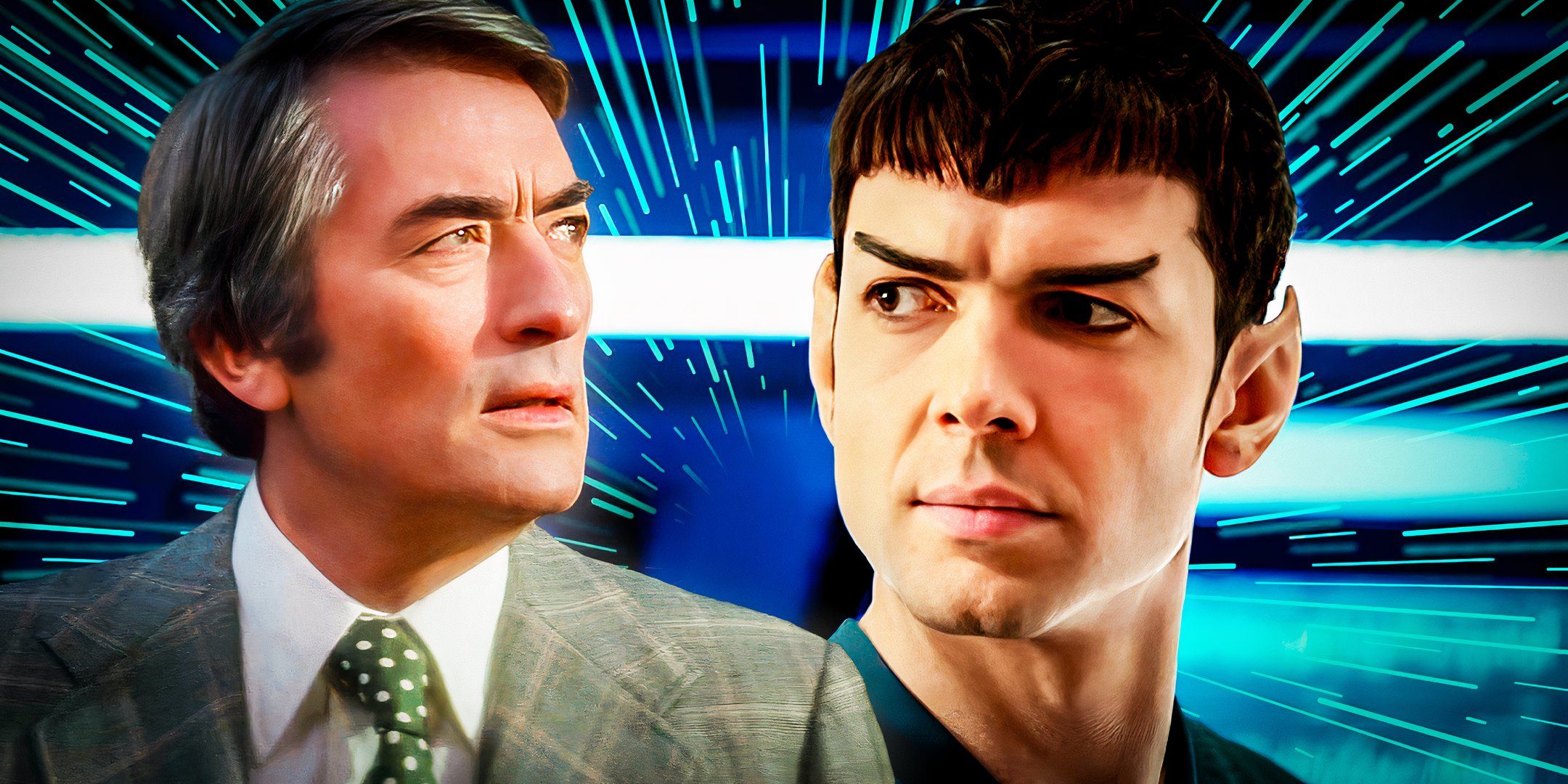Writer Chris Clarement, one of the defining figures in the history of the X-Men franchise, remains critical of a major plot twist that occurred late in his groundbreaking run on Uncanny X-Men, when Cyclops‘ wife Madelyne Pryor was revealed to be a clone of his first love, Jean Grey, during the “Inferno” storyline.
Speaking with AIPT for X-Men Monday, Clarement expressed a humorous, but nonetheless sharp critique of the creative decision, in large part because it robbed Scott Summers of the opportunity to have as definitive of a happy ending as the superhero genre would allow.
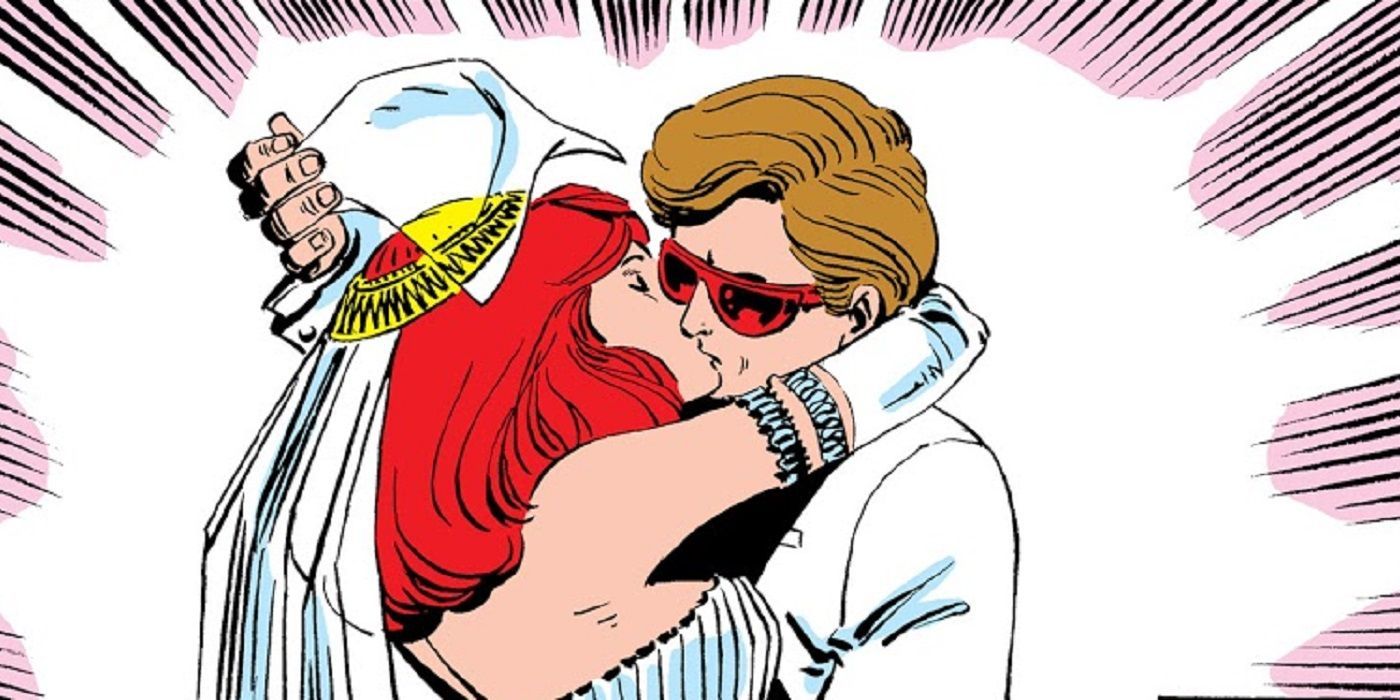
Claremont shaped modern-day mutant storytelling with his decades-long tenure on Uncanny – which included molding Wolverine into the world-famous character he has become – and his work on numerous other X-titles, including X-Treme X-Men and X-Men Forever. Being allowed to protect Scott and Madelyne’s happy ending would have been satisfying for the character, but moreover, it would have had implications for the comic book medium.
Chris Claremont Intended “A New Beginning” For Scott Summers
“That’s What Melodrama Is All About”: Madelyne-Jean Connection “Was A Tease”
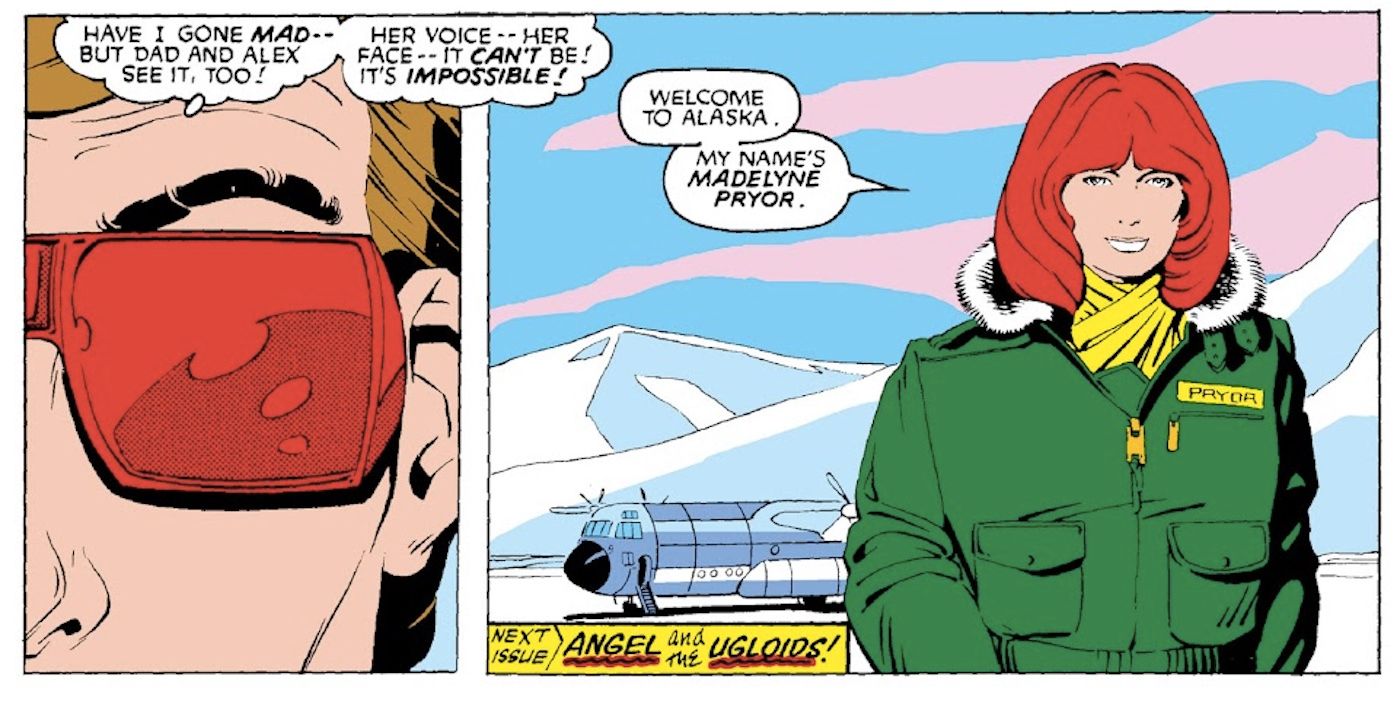
In his interview with AIPT, Claremont was asked a less-than-entirely-serious question about a moment from Uncanny X-Men #178, in which Professor Xavier receives a letter from Scott Summers, who is on his honeymoon with Madelyne Pryor. Contained in the letter is a picture of Scott and Madelyne, suggestively snuggled beneath pink sheets in a bed with a heart-shaped headboard. While the question of why Scott would send such a picture to Charles is also a valid thing for readers to ponder, AIPT asked Claremont to clarify, “who took that picture.” Claremont responded by pointing to the larger thematic ground he was aiming for by scripting that scene:
I think if I had any sort of inappropriate intentions, it was to say, “Yes, we’re not fooling around, they’re really married. They’ve done it all — get used to it.” It’s not like she’s an evil wraith from another dimension or a clone.
Ah… clones. Clones, clones…
Pressed to answer who took the picture, Claremont offered a series of reasonable, if justifiably flippant, explanations, before circling back to the larger purpose for that image, and that scene, from Uncanny X-Men #178.
I’m sorry. Have you never seen the first iteration of Star Trek, where you have little communicators where the top flips up and you can call anywhere? I mean, Scott could have had his super secret X-phone plugged into the wall. It could have been the White Queen. They might have had a slight relationship. Maybe it was Mister Sinister just hanging around.
“It was my way of saying as often and as emphatically as I could, that this was for real,” Claremont said. “They were happily married and somebody in the X-universe was going to have a happy ever after.” The Cyclops-Madelyne Pryor romance was a whirlwind affair, spanning an arc that took up most of 1983, but Chris Claremont’s intentions were for the union to be permanent – something that ultimately did not come to pass.
Scott & Madelyne’s Quick Romance Was Meant To Lead To A Lasting Love
Chris Claremont Wanted Cyclops To Have Marvel’s Most Enduring “Happily Ever After”
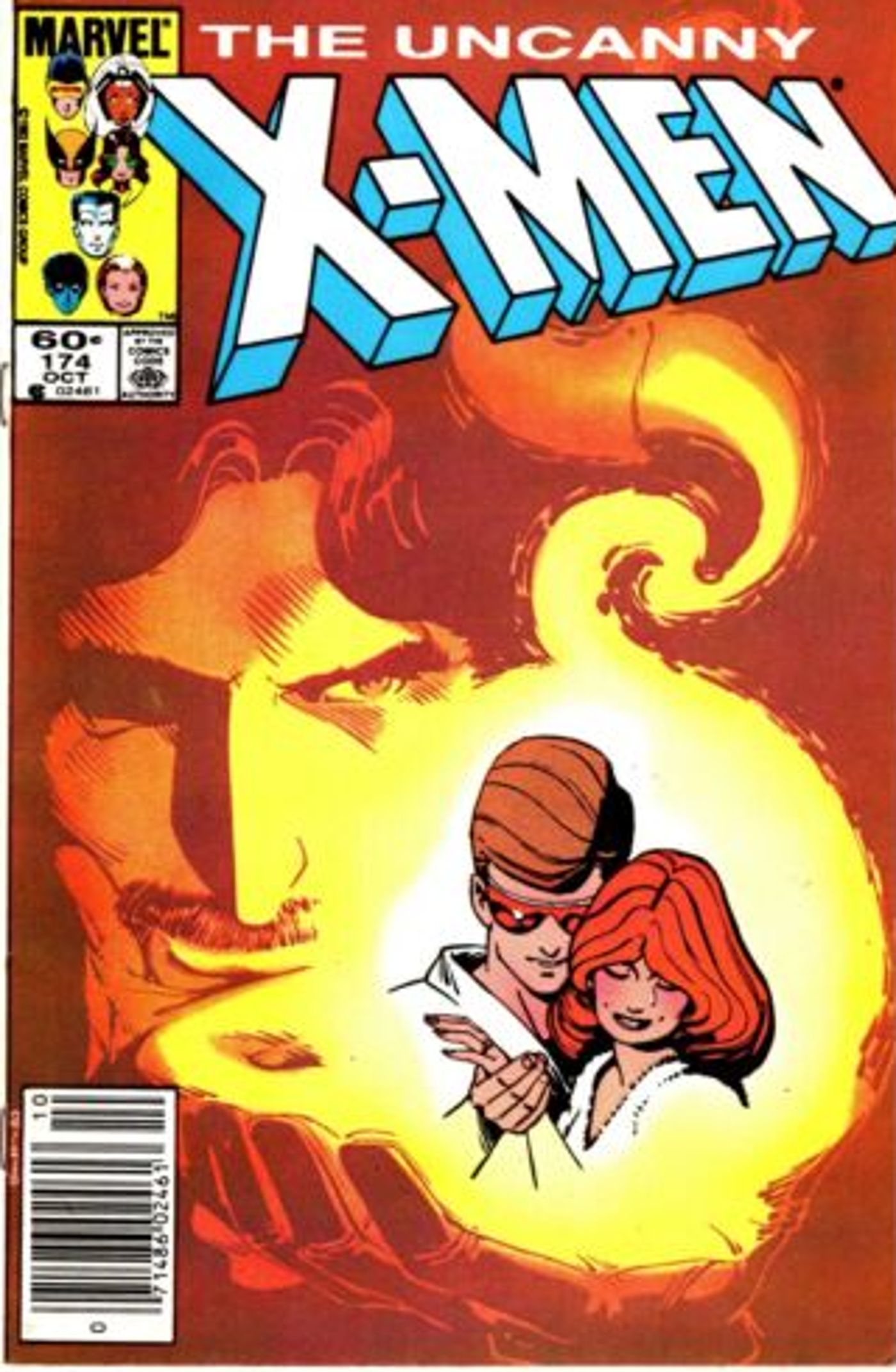
Claremont first introduced Madelyne Pryor in Uncanny X-Men #168, released in January 1983. “And yes, it was a tease that she looked just like Jean,” Claremont admitted, “but that’s what melodrama is all about.” By Uncanny X-Men #175 – a double-sized installment, billed as the title’s twentieth anniversary issue – Scott and Madelyne were married. By their honeymoon in Issue #178, and well after, Claremont had no intention of making Pryor a clone of Jean Grey, destined to go mad, and become an antagonist to the X-Men, shattering Cyclops’ heart once more in the process – all of that, which the character would become best known for, came later.
“Scott’s happy” during this era of Uncanny X-Men’s run, Claremont said, referring to the interval of nearly five years before the “Inferno” crossover arc would later ruin his marriage, and leave Madelyne Pryor dead.
He’s happy for probably the first time in his life. And he’s happy in a way that I don’t think he ever was with Jean. Yes, Scott loved her. Yes, she loved him — (until the Canadian showed up, but that’s a whole different direction to go in) — But the idea with Madelyne was that he put all those old feelings on the shelf where they were in a box where they belong and he was trying something new.
“The important thing for him was this was a new beginning,” Claremont told AIPT. For several years, this proved to be the case – until 1988, when the “Inferno” crossover storyline began to take shape. At this point, Madelyne had given birth to a son, Nathan Summers, who would go on to have a history as a major Marvel character that would become, at times, as convoluted as that of his parents.
Claremont Wouldn’t Have Made Pryor A ‘Sinister’ Plot
“For Scott, I Wanted This To Be It,” The Iconic Writer Told AIPT
“Inferno” revealed Madelyne Pryor to be a clone of Jean Grey, a manipulation by the villain Mr. Sinister – the beginning of a convoluted retcon that would forever radically change the character, leaving long-time X-Men scribe Claremont dissatisfied. “The end result of this whole thing was something that it took Louise Simonson and me a couple more years to figure out,” he explained, but in the end it wasn’t a creative decision that he stands by, frankly opining, “In all honesty, I don’t like it.” The arc concluded with Madelyne Pryor’s death, but not before her transformation into the villainous Goblin Queen, mirroring Scott’s earlier loss of Jean during the “Dark Phoenix Saga,” while at the same time dissolving his happy marriage.
“I don’t like it because it’s not what I thought Scott deserved and had earned,” Claremont said, clearly still passionate about the topic over thirty years later, with the prolific writer acknowledging, “that’s me as much as a reader as a creator.” Claremont deeply cared for Scott Summers, and believed in he could have an enduring, tentpole love life, perhaps the most grounded, enduring relationship in the Marvel Universe. “I literally wanted him to have a happily ever after to an extent that even Reed and Sue don’t have in the Fantastic Four,” Chris Claremont went as far as to say, admitting his high-bar expectations for the Summers-Pryor pairing.
Scott Summers, of course, has not gotten his “happily ever after” in the years since “Inferno,” and Madelyne Pryor – herself having returned from death in the mid-1990s, only to be used inconsistently, and never in any major storylines –has only recently begun to take a more significant role in the Marvel Universe again, decades later. The Madelyne Pryor clone-reveal remains one Uncanny X-Men storyline in particular Chris Claremont is critical of, certainly one he likely wishes he could go back and speak more forcefully against the idea of, behind the scenes. Nevertheless, the Jean Grey-lookalike plot thread potential proved too tempting for Marvel’s X-Editors to resist.
The Goblin Queen’s Long-Awaited Heroic Turn Could Be Here
Recent Appearances Have Teased A More Prominent, Less Antagonistic Role For Madelyne
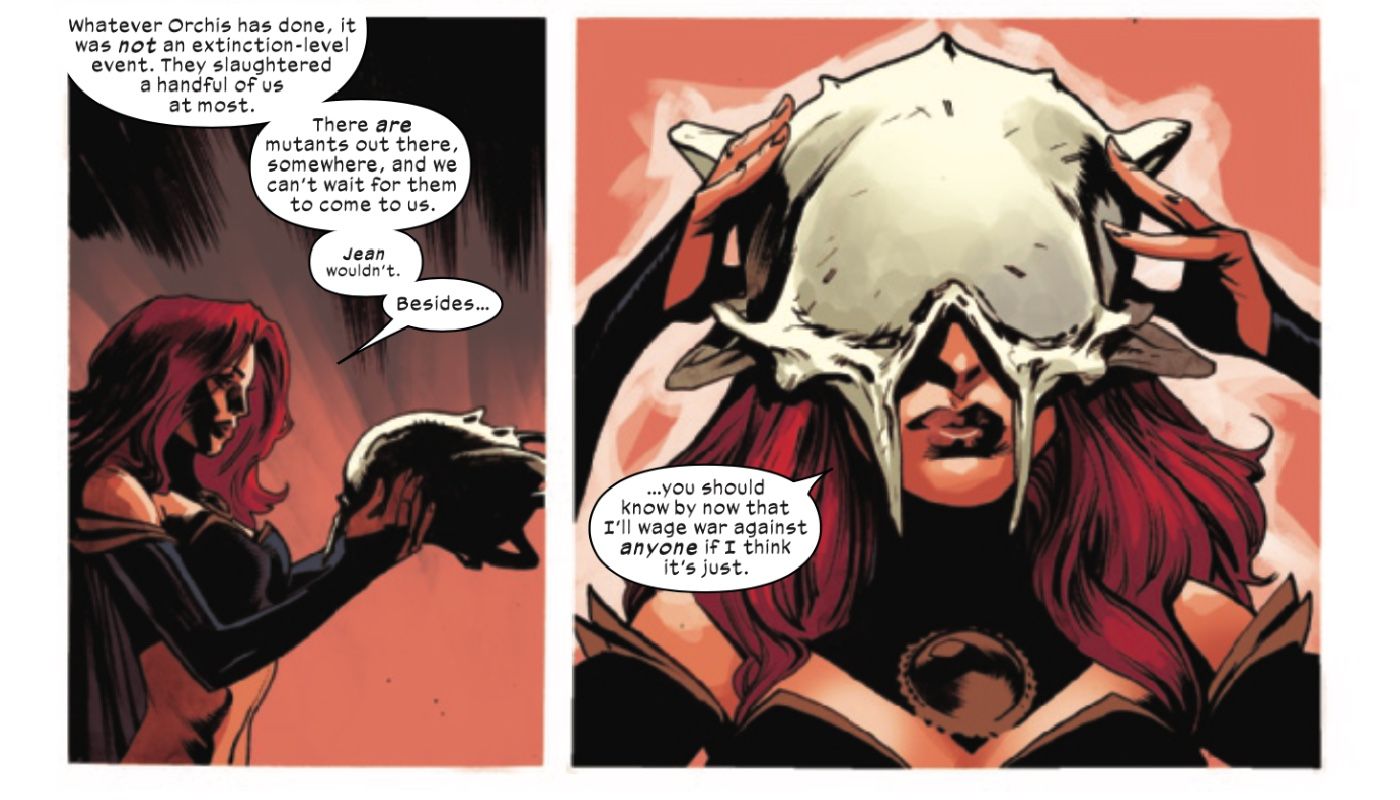
Following her critical role in the Spider-Man “Dark Web” storyline, Madelyne Pryor has taken center stage in the current Dark X-Men series, with many readers anticipating that she is poised for a run as a heroic character in the contemporary Marvel landscape. Given the major shake-ups ongoing in the company’s X-Men titles, the opportunity is there for characters new and old to position themselves as major protagonists for the franchise’s new era.
While Madelyne’s place in Marvel continuity as a clone of Jean Grey, and her role as the Goblin Queen, cannot be undone, the character can be used in new, exciting ways that make her vital to the core X-Men story once more, with or without her connection to Cyclops.
